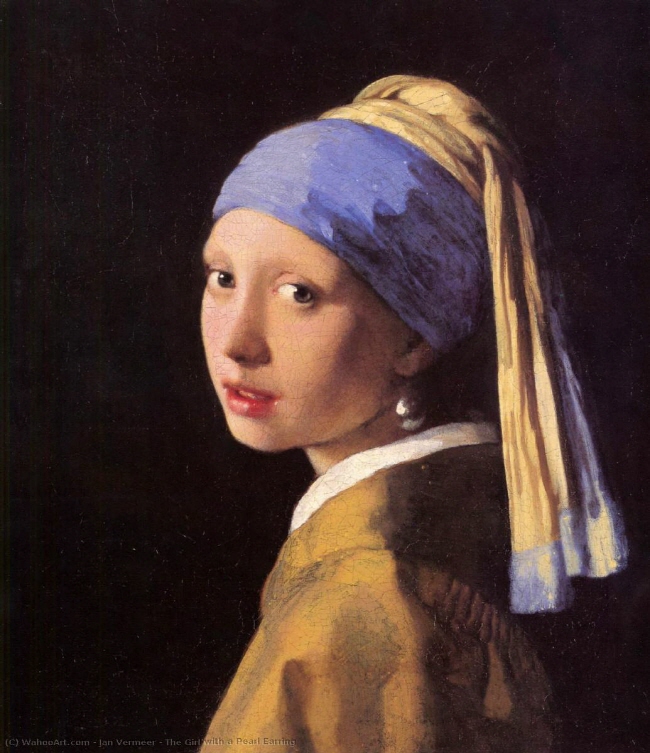
   |
[Misc] (Top 100 Paintings - 004) The Girl with a Pearl Earring - Jan Vermeer
최고관리자 | 19-08-30 09:37

(1) 다른 유튜브 contents와 전체 목록을 보시려면 "Write 2 Speak, YouTube채널"에 가입(subscribe - 클릭)후
"본인의 YouTube ID & Write2Speak 등록 ID"를 "write2speak@daum.net" 이메일로 보내 주시면
확인 후 본 사이트 정회원으로 등급됩니다. 많은 신청 기다리겠습니다.
(2) 참고로, "Write 2 Speak"에 올라오는 유튜브 contents는 정기적으로 삭제가 되며, "전체 내용"을 보시려면
위에 절차를 따라야만 "Write 2 Speak -> 자료실"영역에서 모든 내용을 다시 볼 수 있습니다.
****************************************************************************************
The Girl with a Pearl Earring - Jan Vermeer
The painting Girl with a Pearl Earring (Dutch: Het Meisje met de Parel) is one of Dutch painter Johannes Vermeer's masterworks and, as the name implies, uses a pearl earring for a focal point. Today the painting is kept in the Mauritshuis gallery in The Hague. It is sometimes referred to as "the Mona Lisa of the North" or "the Dutch Mona Lisa".
In general, very little is known about Vermeer and his works. This painting is signed "IVMeer" but not dated. It is unclear whether this work was commissioned, and, if so, by whom. In any case, it is probably not meant as a conventional portrait.
More recent Vermeer literature points to the image being a tronie, the Dutch 17th-century description of a ’head’ that was not meant to be a portrait. After the most recent restoration of the painting in 1994, the subtle colour scheme and the intimacy of the girl’s gaze toward the viewer have been greatly enhanced. During the restoration, it was discovered that the dark background, today somewhat mottled, was initially intended by the painter to be a deep enamel-like green. This effect was produced by applying a thick transparent layer of paint, called a glaze, over the present-day black background. However, the two organic pigments of the green glaze, indigo and weld, have faded.
On the advice of Victor de Stuers (nl), who for years tried to prevent Vermeer's rare works from being sold to parties abroad,Arnoldus Andries des Tombe (nl) purchased the work at an auction in The Hague in 1881, for only two guilders and thirty cents. At the time, it was in poor condition. Des Tombe had no heirs and donated this and other paintings to theMauritshuis in 1902.
In 1937, a very similar painting, Smiling Girl, at the time also thought to be by Vermeer, was donated by collector Andrew W. Mellon to the National Gallery of Art in Washington, D.C. Now widely considered to be a fake, the painting was claimed by Vermeer expert Arthur Wheelock in a 1995 study to be by 20th-century artist and forger Theo van Wijngaarden, a friend of Han van Meegeren.
   |




